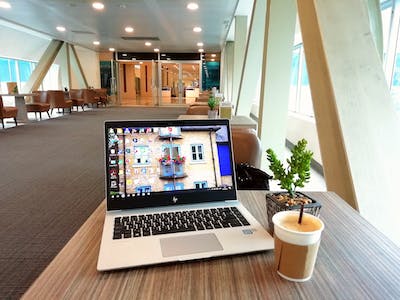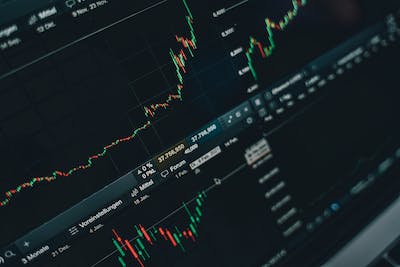Importance Of Trading In Today’s World

Exploring the Profit Potential of Forex Trading
March 11, 2014
Mastering Stop Loss and Take Profit Strategies in Forex Trading
March 12, 2014Introduction: Trading has been an integral part of human history, evolving from barter systems to today's sophisticated financial markets. In the modern world, trading has taken on a new level of significance, playing a pivotal role in shaping economies, fostering globalization, and facilitating wealth creation. From traditional stock markets to the fast-paced world of cryptocurrencies, trading has become an essential thread in the fabric of today's interconnected global society.
Economic Growth and Development: Trading fuels economic growth by connecting producers, consumers, and investors across borders. It enables countries to specialize in their areas of expertise and leverage their comparative advantages. As a result, industries can flourish, employment opportunities increase, and standards of living improve. In today's world, international trade accounts for a substantial portion of GDP in many countries, underscoring its role in economic prosperity.
Globalization and Cultural Exchange: Trading is a driving force behind globalization—a phenomenon that has transformed the world into a closely-knit global village. Through the exchange of goods, services, and ideas, trading facilitates cultural exchange and cross-cultural interactions. In the digital age, e-commerce platforms allow people to access products from different corners of the world, bridging geographical and cultural gaps.
Financial Markets and Capital Allocation: Financial markets, such as stock exchanges and forex markets, enable the efficient allocation of capital. Investors can buy and sell securities, currencies, and commodities, directing funds towards companies and projects that drive innovation and economic progress. This capital infusion encourages entrepreneurship, research, and development, which contribute to technological advancements.
Diversification and Risk Management: Trading offers individuals and institutions the opportunity to diversify their portfolios, reducing risks associated with being overly dependent on a single asset or industry. By spreading investments across various assets, traders can mitigate potential losses and enhance long-term stability, especially in volatile market conditions.
Innovation and Technological Advancements: The trading landscape has witnessed tremendous technological advancements. High-frequency trading, algorithmic trading, and blockchain-based platforms are revolutionizing the way trades are executed and recorded. These innovations not only enhance efficiency but also pave the way for new trading opportunities and financial instruments.
Wealth Creation and Financial Inclusion: Trading has the potential to create wealth and improve financial well-being for individuals and societies. It allows people to grow their savings, invest for the future, and achieve financial goals. Online trading platforms and mobile apps have democratized access to financial markets, enabling broader participation and financial inclusion.
Challenges and Ethical Considerations: While trading offers numerous benefits, it also comes with challenges. Rapid market fluctuations, speculative bubbles, and systemic risks are inherent to trading. Ethical considerations, such as responsible trading practices and avoiding market manipulation, are vital to maintaining market integrity.
Conclusion: In today's world, trading extends beyond the exchange of goods—it's a powerful mechanism that fuels economic growth, fosters cultural exchange, and drives technological progress. The interplay between traditional and modern trading platforms has created an intricate global financial ecosystem that influences economies, industries, and individuals alike. As trading continues to evolve, its importance in shaping the present and future of our world remains undeniable.



4 Comments
Donec vestibulum justo a diam ultricies pellentesque. Quisque mattis diam vel lacus tincidunt eleme ntum. Sed vitae adipiscing turpis. Aenean ligula nibh, molestie id viverrra.
Vitae adipiscing turpis. Aenean ligula nibh, molestie id viverra a, dapibus at dolor. In iaculis viverra neque, ac ele molestie id viverra aifend ante lobortis id. In viverra ipsum stie id viverra a.
Donec vestibulum justo a diam ultricies pellentesque. Quisque mattis diam vel lacus tincidunt eleme ntum. Sed vitae adipiscing turpis. Aenean ligula nibh, molestie id viverrra.
Vestibulum erat wisi, condimentum sed, commodo vitae, ornare sit amet, wisi. Aenean fermentum, elit eget tincidunt condimentum, eros ipsum rutrum orci, sagittis tempus lacus enim ac dui. Donec non enim in turpis pulvinar facilisis. Ut felis. Praesent dapibus, neque id cursus faucibus, tortor neque egestas augue, eu vulputate magna eros eu erat.